The Problem:
The world-wide exotic pet industry is reportedly worth billions of dollars, but this is unconfirmable because much of it exists within the underground economy. The demand for exotic pets is either met by breeders, whose operations are too often unsanitary and inhumane, or by capturing wild animals directly from their natural habitat. The stress of being violently removed from their homes frequently results in the death of the captured animals before they ever reach the market. At the same time, the activities of poachers invading wild areas have disruptive effects upon the environment. There is also the harm caused by the release, accidental or otherwise, of invasive species. This is the case in the Florida everglades where the native animal populations have been decimated in recent years by Burmese pythons.
The ethical questions surrounding the keeping of exotic pets must also be considered. Parrots and macaws are very popular as pets, yet studies have shown that these long-lived animals are among the most intelligent species on this planet. A wide variety of reptiles are also popular as pets, yet they live out their lives as little more than decorative objects kept under glass. Do we really need to have living creatures enslaved to serve as our amusing buffoons and accessories to our decor?
The Solution:
Introducing the Ethical Exotic Pet (EEP). It is an open-source, interactive robotic pet that is 3d printed and infinitely customizable in appearance and behavior. Convincingly life-like animatronic creatures have been built for decades for theme parks and the film industry, and the advent of 3d printing as well as other rapid prototyping technologies facilitates their creation like never before. Utilizing the parallel processing capabilities of the Parallax Propeller microprocessor, the EEP can be programmed with patterns of behavior at least as engaging as a parrot, but with the added bonus of having an off switch!
Movement test for Ethical Exotic Pet prototype.
 Brian Poor
Brian Poor

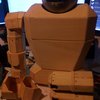
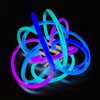
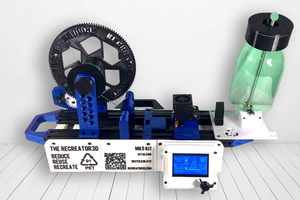
 Joshua R. Taylor
Joshua R. Taylor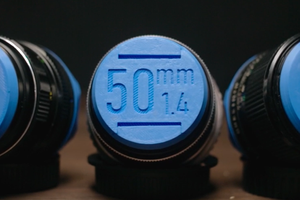
 DSLR DIY
DSLR DIY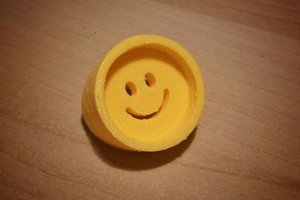
 Giulio
Giulio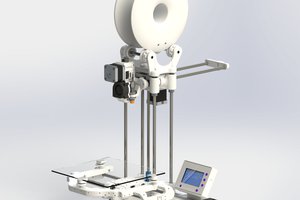
 Michal Wojciechowski
Michal Wojciechowski
There has been a great deal of value to me in my involvement with the project. Would like to share it with the shears magix team so they can also read it and implement something new.